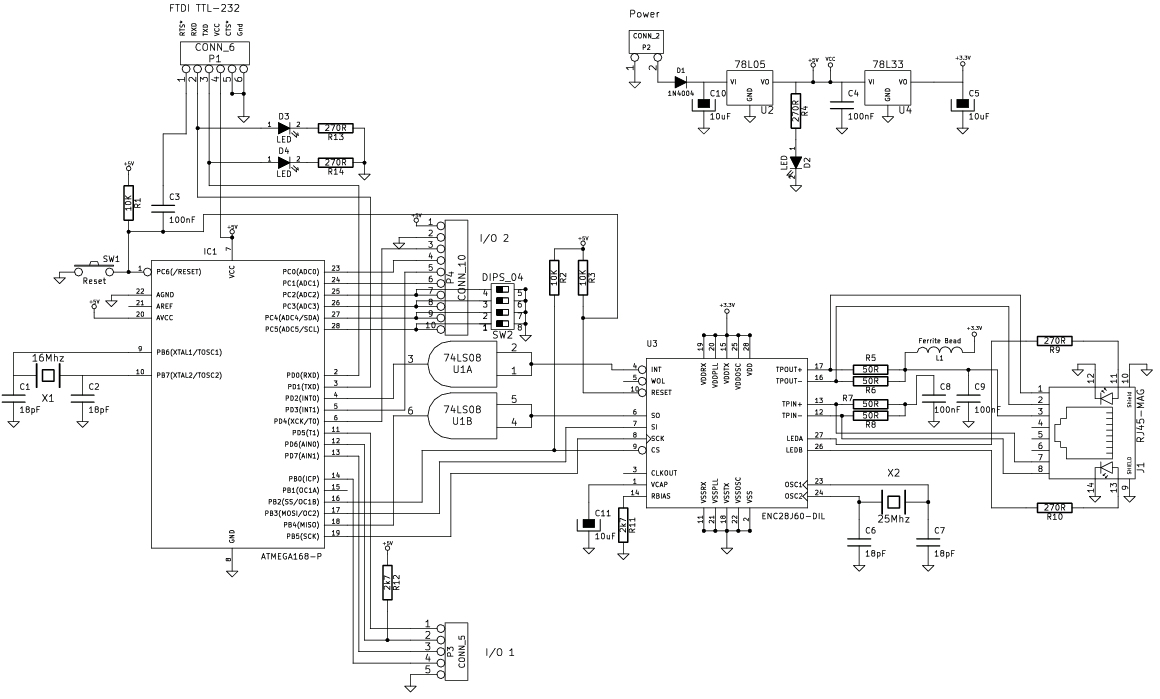Don’t automate human behavior. Improve human behavior.
Problem: Smart appliances are expensive, proprietary, and locked-down for the user. Companies create proprietary devices to fit every need in a complicated, single-purpose, and inflexible way which drives up costs and creates short-lifecycles for products.
Solution: Statusbot is an inexpensive kit you can use to add monitoring and notification to any device. Unlike smart appliances, these kits can be repurposed in the future for your changing needs. It is universal, low-cost, open source appliance monitoring system that is architected so that firmware is easy to maintain once deployed. By focusing this device on monitoring instead of command-and-control, it is more secure from hackers because it presents a less-viable attack surface into your home or business.
Real implementation: I implemented Statusbot for commercial coffee makers at work and called it Coffeebot. Coffeebot restores the “water-cooler effect” by informing employees where and when coffee is fresh so that they can enjoy it together – serendripity.
Vote for StatusBot on hackaday.io!
 Lucas Rangit MAGASWERAN
Lucas Rangit MAGASWERAN